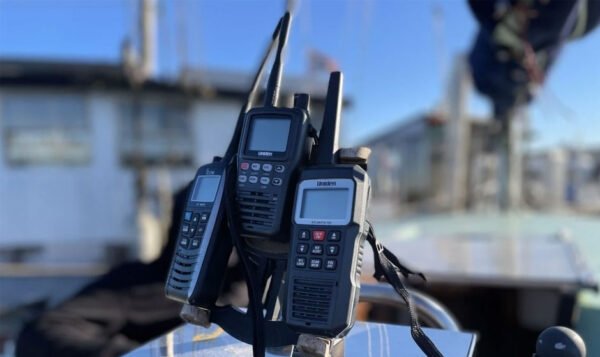OCR Scanner – Replacing manual data entry with digital data capture

OCR Scanner is introducing a paperless process to capture data from images. In its industrial uses, tasks are performed in a fraction of the time.
Organizations regularly find new tactics and solutions to their problems in order to streamline their procedures, improve reliability, and save time. Collecting and then organizing data is a time-consuming task that always requires long hours of labor. Today, in the world of digitalization, where almost all industries are automating their procedures, OCR Scanner is introducing the paperless process to capture data from images. In its industrial uses, tasks are performed in a fraction of the time. Real-time OCR gives what the users of the internet and modern technology want. Have a look at some great aspects of the OCR Scanner.
Accessible scanned content – OCR Scanner
An OCR scanner is a widely used and reliable text extraction tool. The purpose of these scanners is to fetch specific text from images or infographics and convert it into machine-encoded text.
With the industrial use of OCR scanners, a huge number of paper-based documents, designed and written in multiple languages and formats, can be converted into readable text that not only assists in making data storage easier but also makes it accessible to businesses in a short interval of time. A professional-grade OCR scanner offers document classification, the ability to find low-confidence characters, database lookups, and comparisons. A good real-time OCR can read and extract printed or photo-captured data in a matter of seconds. Business OCR is efficient and fast to analyze and read pictures, documents, and even handwriting.
Business OCR Scanner Operations
The business OCR scanner gives more authentic and reliable results than the online OCR scanner. Variations in font styles and sentence structures make a free online OCR image reader more difficult to use than a business OCR custom-built software with stronger algorithms.
Post Processing
OCR scanners usually preprocess images to increase the correctness of the recognized text.
De-skew
If the image is not correctly aligned, the software will then align it properly in a fully vertical or fully horizontal way so that it can be read in a trouble-free way.
Despeckle Tool
It removes all kinds of positive and negative spots from an image to give it a smooth and clear look.
Binarization Process
The process converts the image to a binary format that is readable by the computer. This is a way to differentiate text from the background.
Line Removal
It cleans up extra boxes and lines in the image.
Layout scanning
This module of an OCR scanner segregates columns, paragraphs, captions, etc.
Identifiers for words and lines
Here, the division of words into sentences that make sense to the algorithm is established.
Script Recognition
The script is transformed at the word level and then identified and read by the relevant OCR scanner, managing the script in the way it was.
Character Segmentation
Characters are broken down into artifact-based pieces, then compiled together.
Normalization
Giving the format a suitable aspect ratio and scaling it to margins
Practical use cases of the OCR scanner
OCR scanners are developed to assist with a range of applications, including invoices, receipts, or legal documents. Below are several routine instances of use,
- Data entry for official documents verificationlike invoices, passports, bank statements etc.
- Vehicle registration credentials or license plates.
- Ticket information and passport validity can be checked at airports.
- Sequential formats of printed books, magazines, long-written novels, etc.
- Real-time conversion of handwritten text to digital format.
Other than these routine tasks, the OCR scanner performs really well in industrial use cases like,
Banking
Handwritten cheques are verified along with the details, which are transformed into digital text. The most critical aspect is that applicant signatures are verified using deep integrated AI modules, allowing the check to proceed in real time without any human intervention.
Legal Sector
Much of our industry generates a load of paperwork in terms of legal documentation. An OCR scanner transforms all this data into digital content. These techniques are compatible with many other languages other than English.
Healthcare
The healthcare industry works really well with OCR scanners. Medical history, manual test reports, prescriptions, etc. can be collected under one roof in a matter of minutes. All the data of patients is compiled and stored for future audits and compliance, yet maintains a database for hospital patients.
ID Verification
OCR scanners allow businesses to get their customers’ ID documents verified by capturing the data through their legal document image in real-time without letting them enter it manually.
Wrapping it up
An OCR scanner can assist in giving scalable advantages to several industries in terms of searchability, editability, accessibility, storability, traceability, and keep back-ups. In businesses, there is always a very high volume of documents. Keeping them updated, secure, and compiled under one authority is important. By using an OCR scanner and digitalizing documents, businesses make them more accessible for analysis. The scanner is the censorious first phase of analog record transformation.



